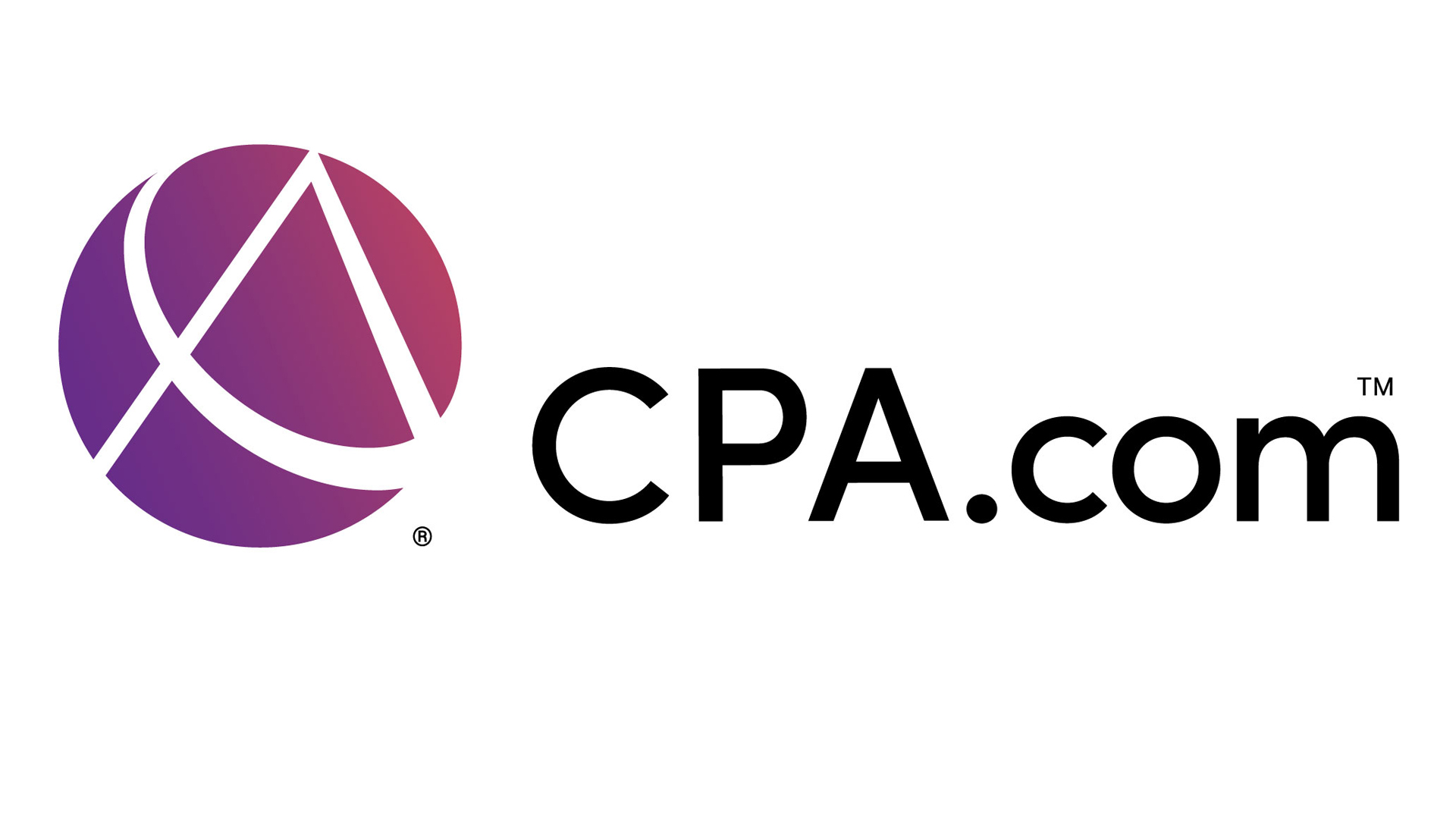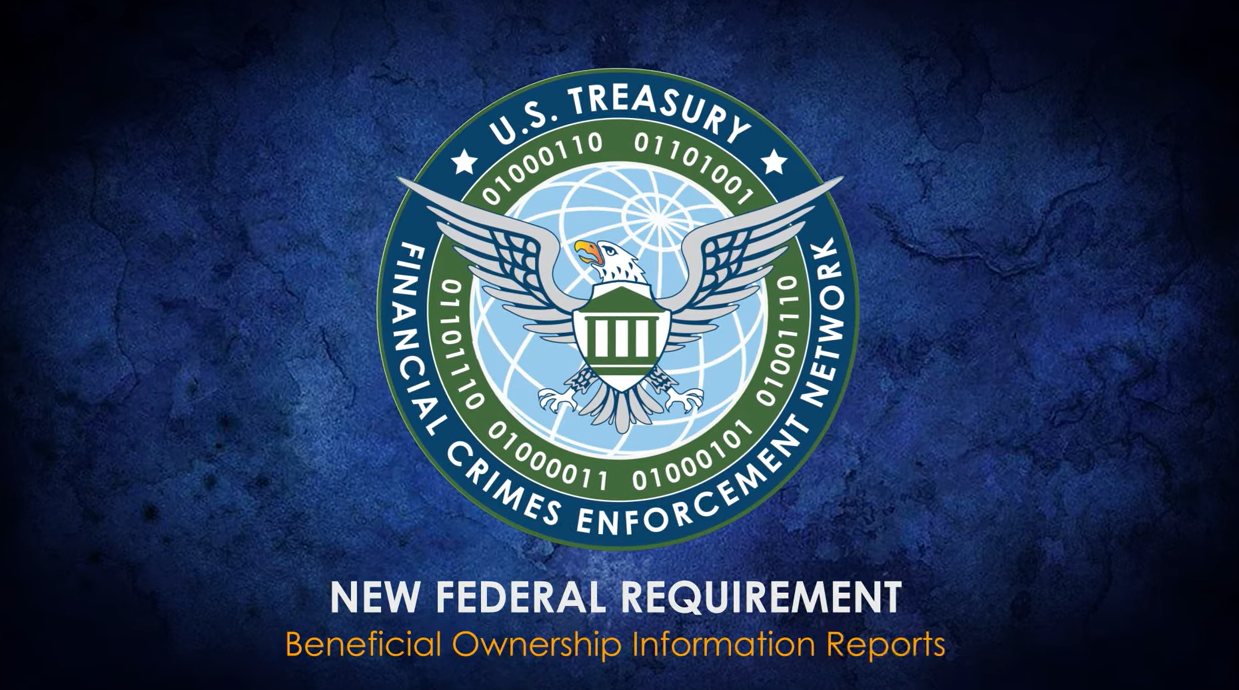Despite 70% of higher education leaders expressing the belief that their industry’s economic model, programming, and other operations require fundamental change, about 80% of these same leaders are confident in their own institution’s financial stability over the next decade.
This and other findings are part of FORVIS’ 2024 Annual Higher Education Outlook. The outlook synthesizes data based on a survey of respondents from all regions of the United States and all sectors of higher education except for-profit institutions, with over 90% of respondents holding executive or administrative roles in their institutions.
FORVIS ranks among the top 10 public accounting firms in the country and its higher education practice is a leading provider of assurance, tax, and consulting services to hundreds of client institutions nationwide.
“While a number of headlines depict the higher education sector in a constant doom loop, there are positive signs of progress being made,” said Nick Wallace, higher education consultant and director at FORVIS, and lead author of the Outlook report. “The report’s findings suggest that schools are expressing confidence, realistically evaluating their present circumstances, and making strides forward after a series of extraordinary years marked by unpredictability and unforeseen challenges.”
Key findings include:
- 70% of respondents believe the economic model, programming, and other operations in higher education need fundamental change. Especially the “high price, high discount” model that is currently squeezing many colleges’ net tuition revenue generation.
- Over the last 5 years, 59.2% of schools said they experienced deficits in 1, 2, or 3 or more years because of insufficient net tuition and fees. However, 60% of schools are not planning to generate deficits in the years ahead.
- A slight majority (53%) agreed or strongly agreed that their institution has more academic programs, majors, and departments than it can financially support given the number of students enrolled.
- 81.51% of schools reported plans to increase fundraising and expand fundraising goals, as a majority (58.91%) also reported plans to adjust the costs associated with their advancement departments.
- Only 30.5% of respondents indicated that they had adequate monitoring processes for financial aid in place during the award year. Conversely, around half (54.7%) of respondents expressed their intention to enhance their processes to closely monitor this cost.
- A significant majority of schools (89.15%) reported involvement in activities aimed at generating grant revenues, with 65.9% incorporating it into their regular ongoing processes and 23.3% planning it as an upcoming project, while 10.85% reported not participating in this activity.
- Strategic planning does not appear to be an area of known weakness. The vast majority (77.2%) of schools surveyed stated that their institution had an operationally effective strategic plan that helped drive decisions.
“With the public continuing to question the role and value of higher education, it’s important for schools to be clear about their institutional priorities,” said Wallace. “Institutions are making important decisions to ensure their student-centered priorities can be met and their long-term viability secured.”
The FORVIS 2024 Higher Education Outlook is available for download at forvis.com.
Thanks for reading CPA Practice Advisor!
Subscribe Already registered? Log In
Need more information? Read the FAQs
Tags: Accounting




